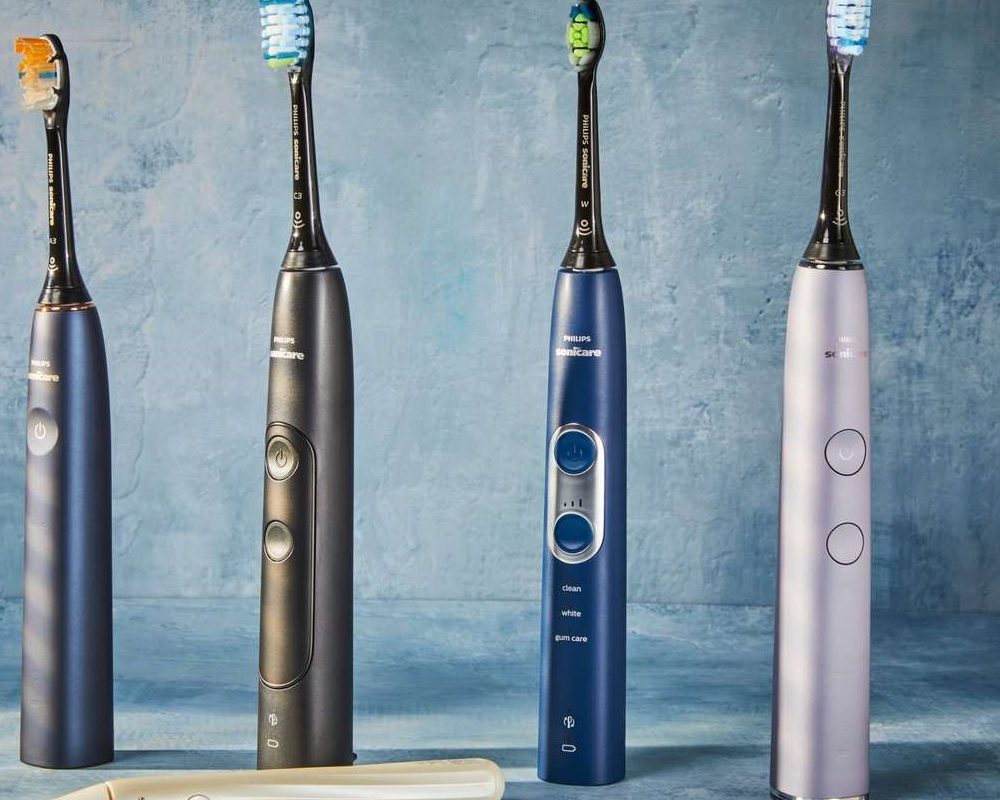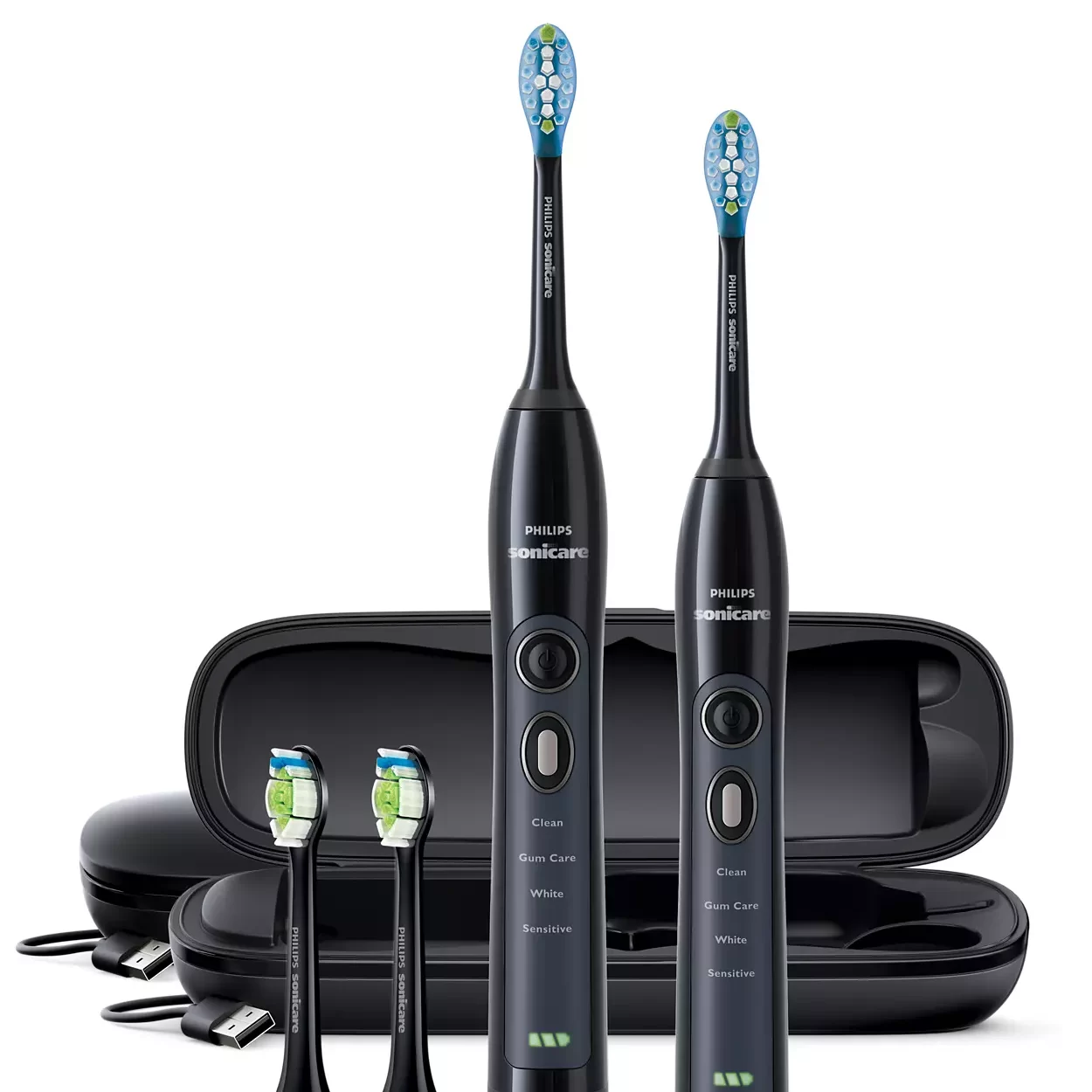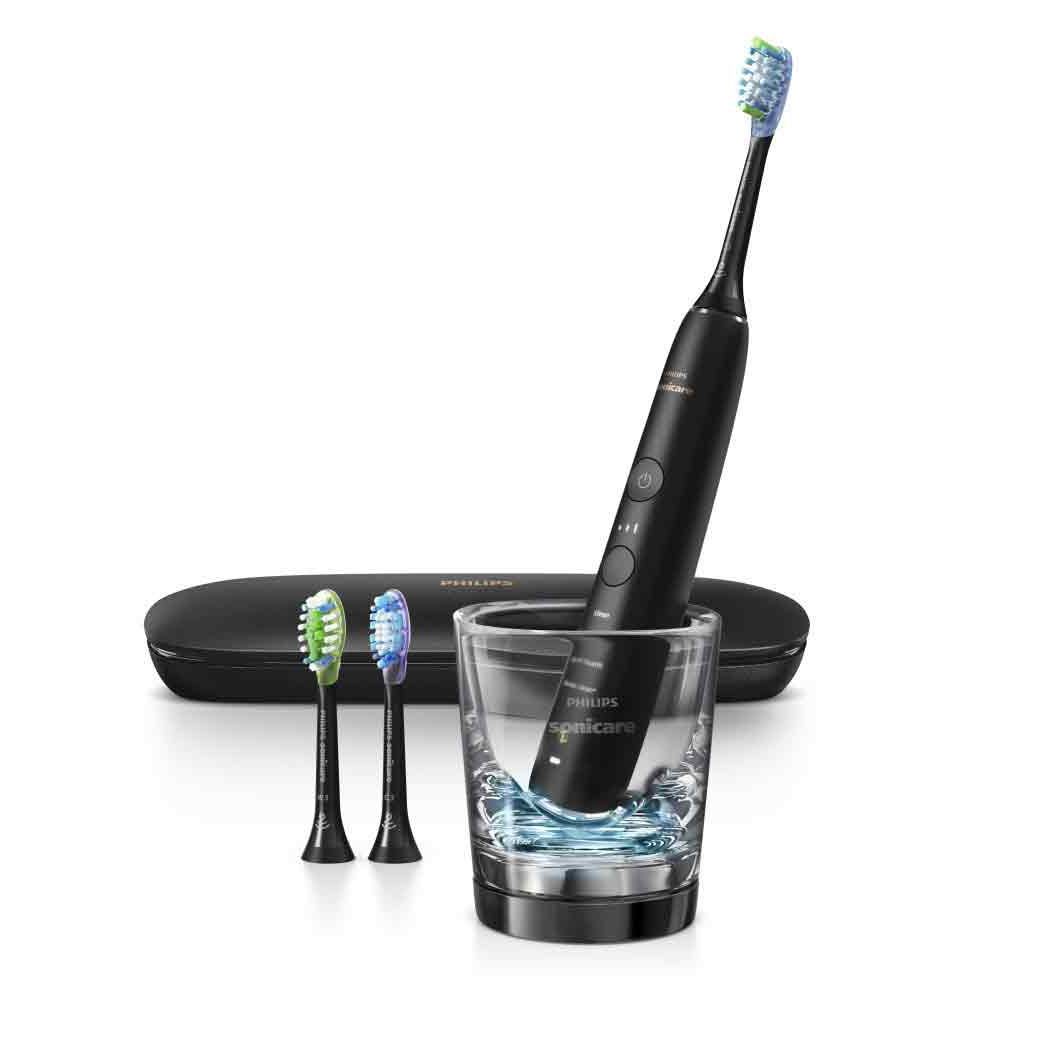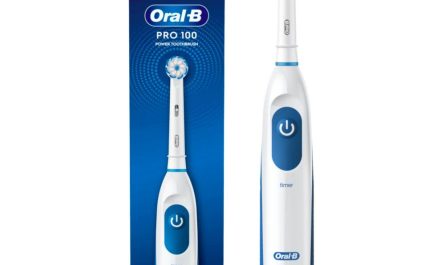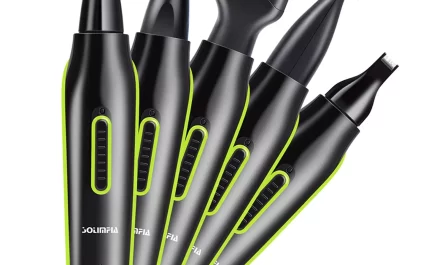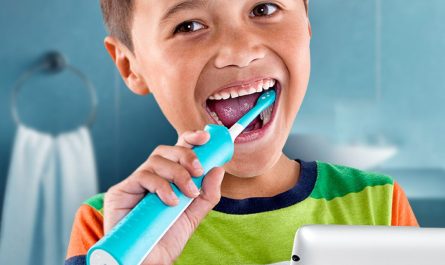Traveling can sometimes be filled with uncertainties, especially when it comes to the rules and regulations governing what you can bring on a plane. If you are a frequent flyer or are preparing for your first flight, you might find yourself wondering, “Can I bring an electric toothbrush on a plane?” This question is not as straightforward as it might seem. In this article, we will delve into the intricacies of traveling with an electric toothbrush, including different types of toothbrushes, airline regulations, packing tips, and much more.
Understanding Airline Regulations for Personal Care Items
Airline regulations regarding personal care items are primarily governed by the Transportation Security Administration (TSA) in the United States and similar bodies in other countries. These regulations are designed to ensure the safety and security of all passengers. When it comes to electric toothbrushes, understanding these rules is essential to avoid any inconvenience during your journey.
Carry-On vs. Checked Luggage
One of the first decisions you need to make is whether to pack your electric toothbrush in your carry-on or checked luggage. Generally, it is recommended to keep essential items like toothbrushes in your carry-on bag. This ensures that you have access to them during your flight and reduces the risk of losing them if your checked luggage is delayed or lost.
Advantages of Carrying in Your Carry-On
- Accessibility: Having your toothbrush in your carry-on allows you to freshen up before landing.
- Safety: Reduces the risk of damage or loss compared to checked luggage.
- Compliance: Easier to manage any required declarations or inspections at security checkpoints.
Considerations for Checked Luggage
While it is possible to place your electric toothbrush in checked luggage, be mindful of the following:
- Battery Restrictions: Some airlines have specific rules regarding lithium batteries in checked bags.
- Protection: Ensure the toothbrush is well-protected to prevent damage.
Battery Regulations for Electric Toothbrushes
Electric toothbrushes typically use rechargeable batteries, which can be a point of concern when traveling by air. Understanding the type of battery your toothbrush uses and the associated regulations is crucial.
Types of Batteries Used in Electric Toothbrushes
Most modern electric toothbrushes are powered by lithium-ion batteries due to their efficiency and long-lasting power. However, some models may use other types like nickel-metal hydride (NiMH) or nickel-cadmium (NiCd) batteries.
Lithium-Ion Batteries
- Energy Density: High energy density, making them compact and efficient.
- Regulations: Must comply with specific regulations for air travel, especially concerning capacity and protection against short circuits.
Nickel-Based Batteries
- Energy Density: Lower than lithium-ion but still common in various devices.
- Regulations: Simpler compared to lithium-ion but still subject to safety standards.
TSA and International Battery Regulations
The TSA allows passengers to bring personal care items like electric toothbrushes in both carry-on and checked luggage. However, there are specific guidelines for devices containing lithium batteries:
- Carry-On Bags: Devices with lithium-ion batteries are generally allowed in carry-on bags. Ensure that the battery is installed in the device to prevent accidental activation.
- Checked Bags: It’s usually permitted, but it is safer to carry such devices in your carry-on to minimize risks.
- Spare Batteries: Should only be carried in carry-on luggage, with terminals protected against short circuits.
Safety Tips for Battery-Powered Devices
- Protect Terminals: Use original packaging or protective covers to prevent short circuits.
- Check Battery Levels: Some airlines may have restrictions on battery levels for certain devices.
- Declare Devices if Required: In some cases, you may need to declare devices with lithium batteries during security checks.
Packing Your Electric Toothbrush Securely
Proper packing of your electric toothbrush can prevent damage and ensure it passes through security without issues. Here are some tips to help you pack your toothbrush effectively:
Use a Dedicated Toothbrush Case
A sturdy case can protect your toothbrush from bumps and shocks during transit. Many travel cases come with compartments for accessories, such as chargers and brush heads.
Remove the Brush Head
To prevent accidental activation or disassembly, consider removing the brush head before packing. Store it separately in a toothpaste or toiletry bag to keep it clean and secure.
Protect Against Moisture
Toothbrushes can harbor moisture, especially if used before being packed. Ensure your toothbrush is dry before placing it in your luggage to prevent mold growth and damage to other items.
Organize Cables and Chargers
If your electric toothbrush uses a separate charger or cable, organize these items to avoid tangling and potential damage. Using cable organizers or small pouches can help keep everything in order.
Passing through airport security smoothly requires understanding the screening process and being prepared with the right presentation of your belongings.
Preparing for Security Checks
- Accessible Packing: Keep your toothbrush in an easily accessible part of your carry-on for quick removal if needed.
- Clear Containers: Ensure your toothbrush case is transparent or easy to inspect to facilitate the security process.
- Documentation: Although usually not required, having the product manual or a note explaining the device can be helpful if questioned.
Common Security Questions and How to Answer
Security officers may ask specific questions about your electric toothbrush. Being prepared with clear and honest answers can expedite the process.
- Battery Information: Know the type of battery and whether it is removable or fixed.
- Device Usage: Be ready to explain how you use and charge the toothbrush during your trip.
- Compliance with Regulations: Confirm that your device complies with airline and TSA regulations regarding battery and size.
Handling Delays or Inspections
If your toothbrush is selected for additional screening:
- Stay Calm: Cooperate with security personnel and follow their instructions.
- Documentation: Provide any requested documentation or information promptly.
- Alternative Solutions: Be prepared with a backup toothbrush or alternative hygiene solutions in case of delays.
International Travel Considerations
When traveling internationally, it’s essential to be aware of different countries’ regulations regarding electronic devices and batteries.
Research Destination Country’s Regulations
Each country may have its own set of rules governing the import of electronic devices and batteries. Prior to traveling, research these regulations to ensure compliance.
- Battery Capacity Limits: Some countries impose stricter limits on lithium battery capacities.
- Device Declarations: Be aware if you need to declare your electric toothbrush at customs.
Adapter and Voltage Requirements
If your electric toothbrush charger differs in voltage or plug type from your destination country, ensure you have the appropriate adapter or voltage converter to safely charge your device.
- Universal Adapters: Investing in a universal adapter can eliminate the hassle of finding the correct plug type.
- Voltage Compatibility: Check if your toothbrush charger is dual voltage (e.g., 110V-240V) to prevent damage when used abroad.
Local Availability of Chargers and Accessories
In the event that you do not bring your charger, research if similar chargers or compatible accessories are available at your destination.
- Portable Chargers: Consider bringing a universal portable charger as a backup.
- Local Stores: Identify local stores where you can purchase replacement chargers if needed.
Alternatives to Electric Toothbrushes While Traveling
If carrying an electric toothbrush presents too many challenges, there are alternatives that can help maintain your dental hygiene on the go.
Manual Toothbrushes
A high-quality manual toothbrush is a lightweight and convenient alternative. Many manual brushes are designed for travel, featuring compact designs and anti-microbial coatings.
- Portability: Easier to pack without worrying about batteries or electronics.
- Cost-Effective: Generally cheaper and readily available at any destination.
Travel Toothbrushes with Built-In Hair
Some toothbrushes come with built-in compartments for carrying small amounts of toothpaste and other dental accessories, reducing the need for separate containers.
- Integrated Storage: Simplifies packing by combining multiple items into one.
- Convenience: Easy to access and use while traveling.
Disposable Toothbrushes
For short trips, disposable toothbrushes can be a hygienic and practical choice. They require no maintenance and can be easily discarded after use.
- Hygiene: Reduces the risk of bacterial growth associated with reusable toothbrushes.
- Convenience: No need for cleaning or storage after use.
Maintaining Your Electric Toothbrush During Travel
To ensure your electric toothbrush remains in good working condition during your trip, follow these maintenance tips.
Regular Charging
Keep your toothbrush charged according to the manufacturer’s instructions to maintain battery health. Avoid letting the battery drain completely before recharging.
- Portable Chargers: Carry a portable charger to top up the battery when access to power outlets is limited.
- Charging Stations: Utilize charging stations available in airports, hotels, and other public places.
Cleaning and Hygiene
Maintain the cleanliness of your electric toothbrush by regularly cleaning both the brush heads and the device itself.
- Brush Head Care: Rinse brush heads thoroughly after each use and replace them as recommended.
- Device Cleaning: Wipe down the toothbrush body with a damp cloth to remove any residue or moisture.
Protecting Against Damage
Ensure your toothbrush is protected from physical damage by using a durable case and handling it with care during packing and unpacking.
- Avoid Overpacking: Do not place heavy items on top of your toothbrush in your luggage.
- Storage: Keep the toothbrush in a safe and secure location within your bag to prevent accidental impacts.
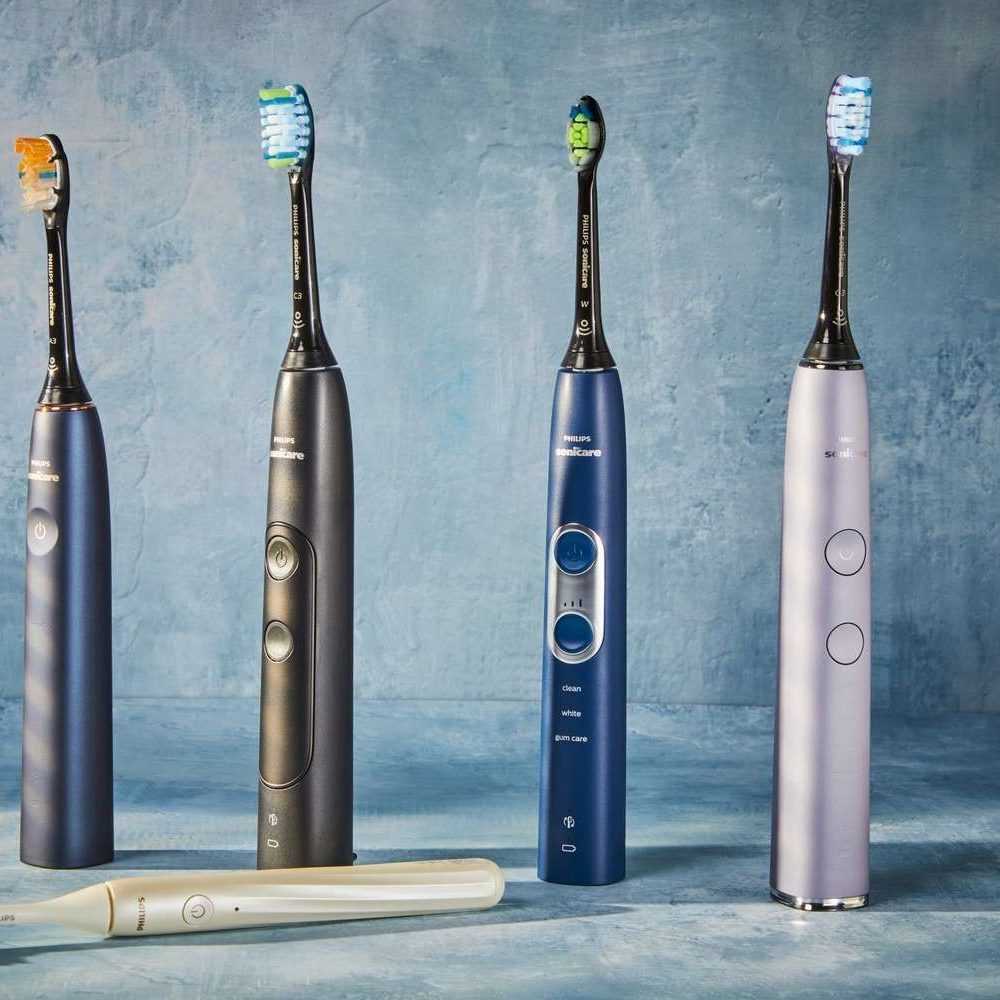 Conclusion
Conclusion
In summary, the answer to the question, “Can I bring an electric toothbrush on a plane?” is a resounding yes. However, understanding the various types of toothbrushes, precautions for packing, regulations, and care post-arrival is vital to ensure a smooth travel experience. By following the guidelines outlined in this article, you can feel confident in bringing your electric toothbrush along on any adventure, ensuring you maintain your oral hygiene wherever you go. So the next time you prepare for a flight, don’t hesitate to pack that electric toothbrush; your smile will thank you.

